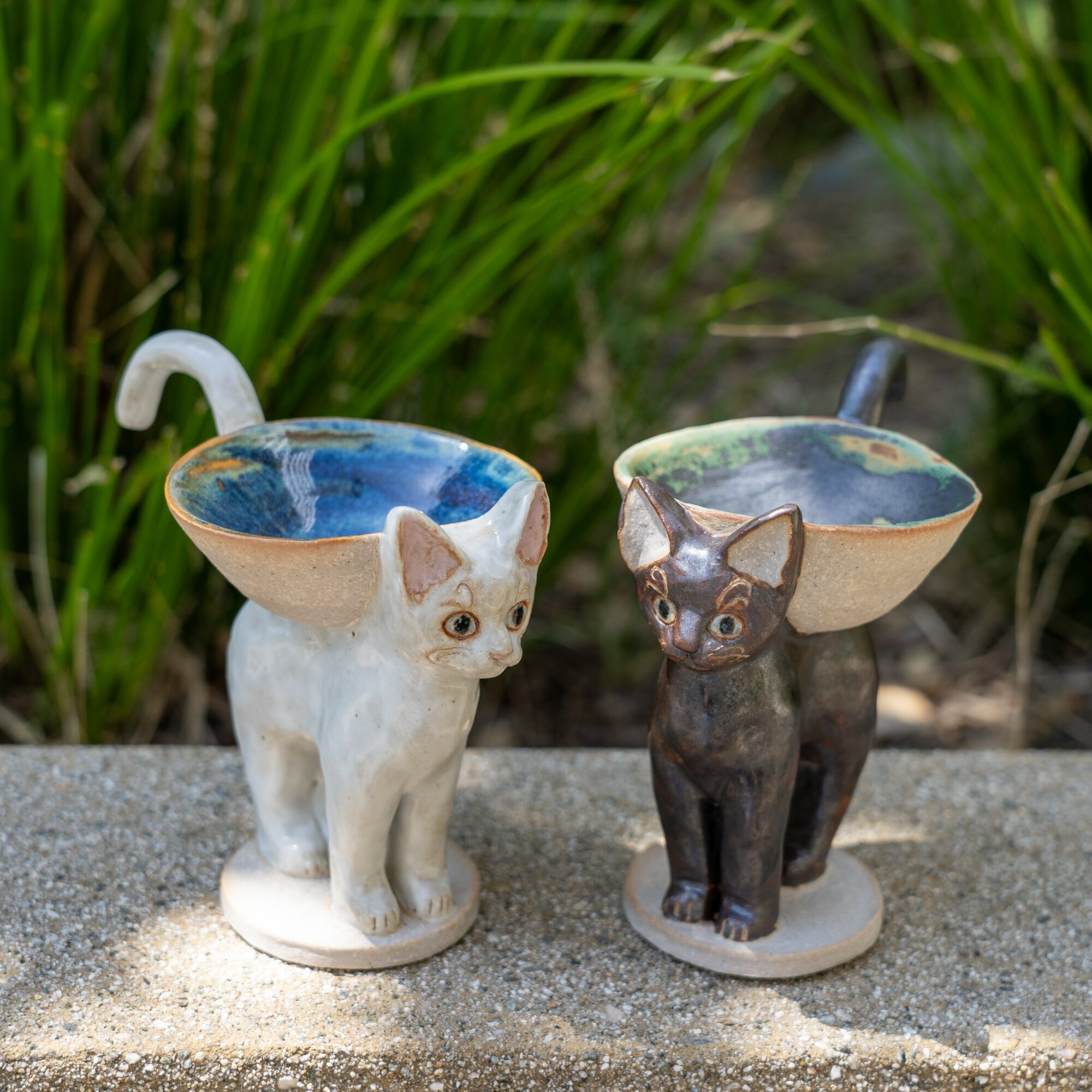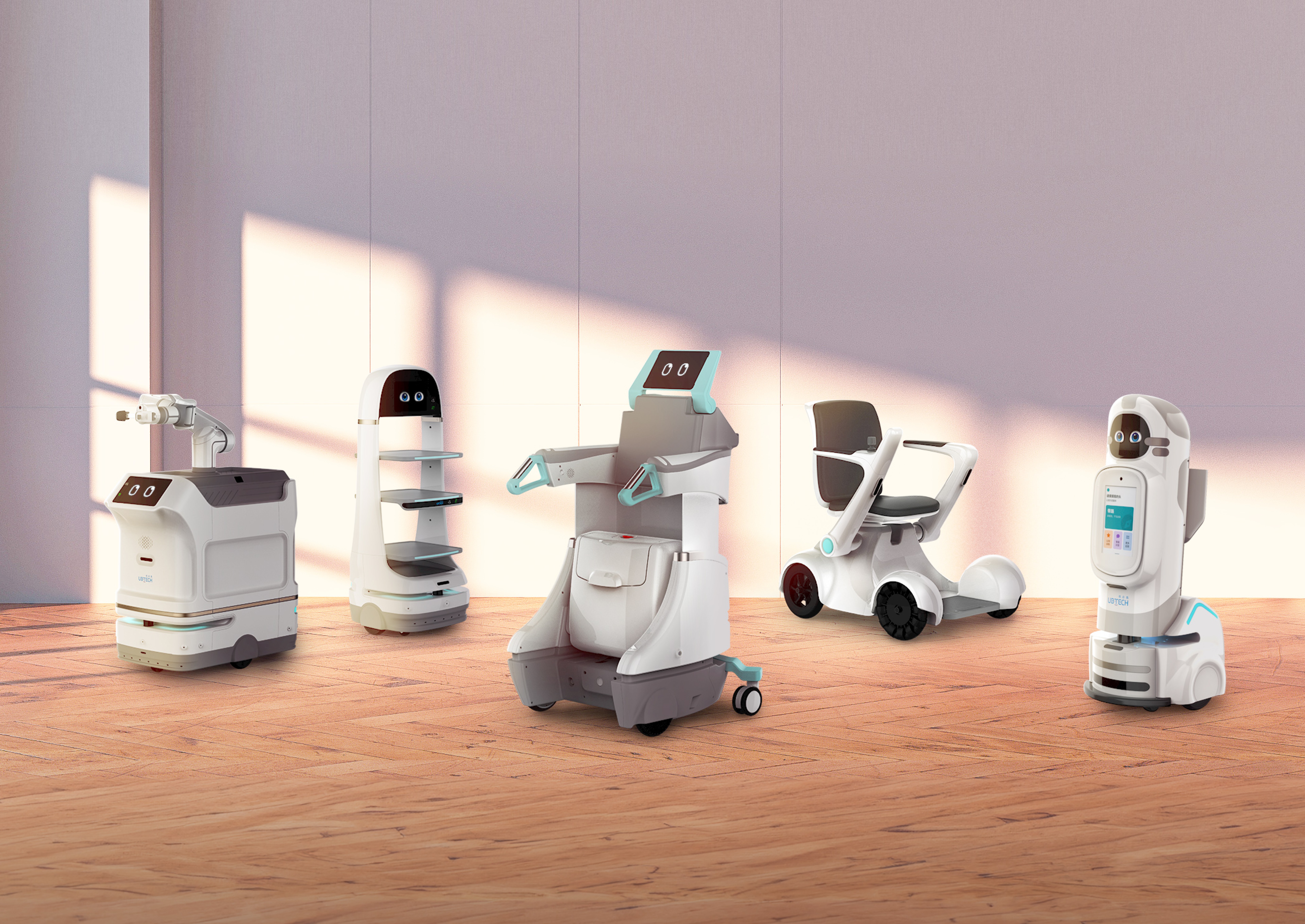

We recently had the chance to connect with Shixun Chen and have shared our conversation below.
Shixun, we’re thrilled to have you with us today. Before we jump into your intro and the heart of the interview, let’s start with a bit of an ice breaker: Are you walking a path—or wandering?
Definitely wandering. I’m an ENTP, so improvisation is in my DNA. In my experience, long-term planning rarely survives the pace at which the world changes. That’s why I’ve chosen an agile approach to life—staying open, adaptive, and curious. As both a designer and an artist, I need to constantly broaden my perspective to stay inspired. Rather than rigidly mapping out a path, I’d rather save that energy to explore the unexpected—and discover new possibilities along the way.
Can you briefly introduce yourself and share what makes you or your brand unique?
Hi! I’m Shixun Chen, a cross-disciplinary designer and artist who lives at the intersection of functionality and emotion. With over six years of experience, I’ve worked across robotics, healthcare, food automation, and human-centered design—while also creating digital sculptures and ceramics of whimsical rabbits and thoughtful cats. Whether I’m engineering a medical device or sculpting a character in 3D, my goal is always to spark joy, comfort, and intuitive connection.
I studied Automotive Engineering and Design at Tsinghua University and earned my Master’s in Industrial Design at ArtCenter College of Design in California. Over the years, I’ve been fortunate to work on complex challenges that demand both technical precision and creative sensitivity. I also serve as a design thinking coach at INSEAD, guiding global executives in shaping ideas into thoughtful, human-centered innovations.
My work has received honors such as the iF Design Award, MUSE Design Awards, and UX Design Awards nominations, and my art has been exhibited in cities like Beijing, London, Paris, and Los Angeles. Lately, I’ve been expanding into different media—from product design to digital art and handcrafted ceramics—exploring how design can move between the practical and the poetic.
At heart, I’m someone who finds beauty in clarity and soul in the smallest details. Whether I’m prototyping a smart wheelchair or rendering a sleepy-eyed bunny in 3D, I’m always working toward the same purpose: to create with empathy, curiosity, and care.
Okay, so here’s a deep one: What breaks the bonds between people—and what restores them?
I think growing up breaks the bonds—and growing up even more restores them. I still remember graduating from high school in 2012. Friends scattered to different parts of the world, and back then, we didn’t have as many apps or tools to stay connected. Without shared time and space, people naturally drifted into new social circles—like classmates or professional networks, where conversations often revolve around resources and goals.
For a while, I thought bonding was about networking—coffee chats, collaborations, exchanging favors. It felt like emotional connection had become transactional, part of “surviving in society.” But as I grew older, I realized those aren’t real bonds. True connection is rooted in trust, emotional support, and depth—not convenience or usefulness.
The most precious bond I have today is a small group chat with old friends. We don’t talk about the weather or say “how are you?” just to say it. We dive into real, sometimes difficult conversations. If my parents needed help in another city, I could message that chat and someone would show up—no questions asked. Those kinds of bonds don’t need constant attention; they’re grounded in shared history and the quiet certainty that the people involved are, at their core, good. I really appreciate having several groups of friends like that throughout my life.
What have been the defining wounds of your life—and how have you healed them?
One of the most defining and painful experiences of my life was surviving an abusive relationship. I was gaslit, experienced domestic violence, and was blackmailed with intimate recordings. When I reported it to the authorities, they dismissed it as an everyday quarrel between lovers. If I tried to appeal, they would deliberately schedule appointments during my class hours to make it harder for me to follow through. My parents, shaped by traditional values, responded with shame instead of support.
At the time—before the MeToo movement—public opinion online was often hostile toward women who spoke out. I felt completely isolated. I knew there were even online communities teaching men how to manipulate and gaslight women, yet none of it was recognized as a crime.
In facing structural oppression like this, I don’t believe healing means forgetting or pretending it didn’t happen. Healing, to me, means remembering on your own terms—and using that memory as a force for change. I choose to support others who may be vulnerable, to speak out, and to help reduce stigma through sharing my story. Telling the truth is part of my recovery—and part of my resistance.
What are the biggest lies your industry tells itself?
One of the biggest lies is the phrase “design-driven.” While design plays a crucial role, the reality—especially in fast-paced industries—is that speed to market and cost efficiency often override deep design refinement. In many cases, products are developed to be just good enough to sell and make a profit. There’s less time and support for truly polishing a design.
We used to say projects were “design-driven,” then we shifted to user-centered, and now it’s often framed as balancing user needs, technology readiness, and business viability. But what I’ve learned is that everything—from marketing to supply chain logistics—can influence the product as much as the initial design concept. And every part of that process holds opportunities for innovation.
As an in-house industrial designer, I’ve found that there’s often limited space to focus purely on form, aesthetics, or emotional impact. Instead, my role becomes more about harmonizing competing requirements across departments and delivering something that works for everyone. At times, I feel like a single screw in a massive, complex machine.
Another uncomfortable truth is that physical product design is losing ground in visibility and perceived value. With the rise of digital content and social media influence—plus economic uncertainty—consumers are buying fewer physical products, and companies are less inclined to invest in redesigns or iteration. It makes me question: in this climate, is industrial design becoming less essential? It’s something I think about often.
What are you doing today that won’t pay off for 7–10 years?
I’ve been steadily building a wide range of design-related skillsets—from industrial design and CAD to 3D animation, toy design, ceramics, embroidery, and even higher-level project management, supply chain, and logistics. In today’s job market, companies often prefer specialists who go deep in one vertical, so teams are made up of focused experts. Being a T-shaped generalist can feel like swimming against the current.
But I believe in staying curious, learning continuously, and adapting to the times. Even if the payoff isn’t immediate, I trust that all these seemingly scattered skills will one day come together—either for a meaningful project, a business of my own, or a role that doesn’t exist yet. At the very least, it’s been good for my mental health and creativity. It keeps me grounded, hopeful, and open to long-term growth.
Contact Info:
- Website: https://shixunchen.github.io/
- Instagram: https://www.instagram.com/kittysx12/
- Linkedin: https://www.linkedin.com/in/shixun-chen-337a27124/







Image Credits
All credits to me














